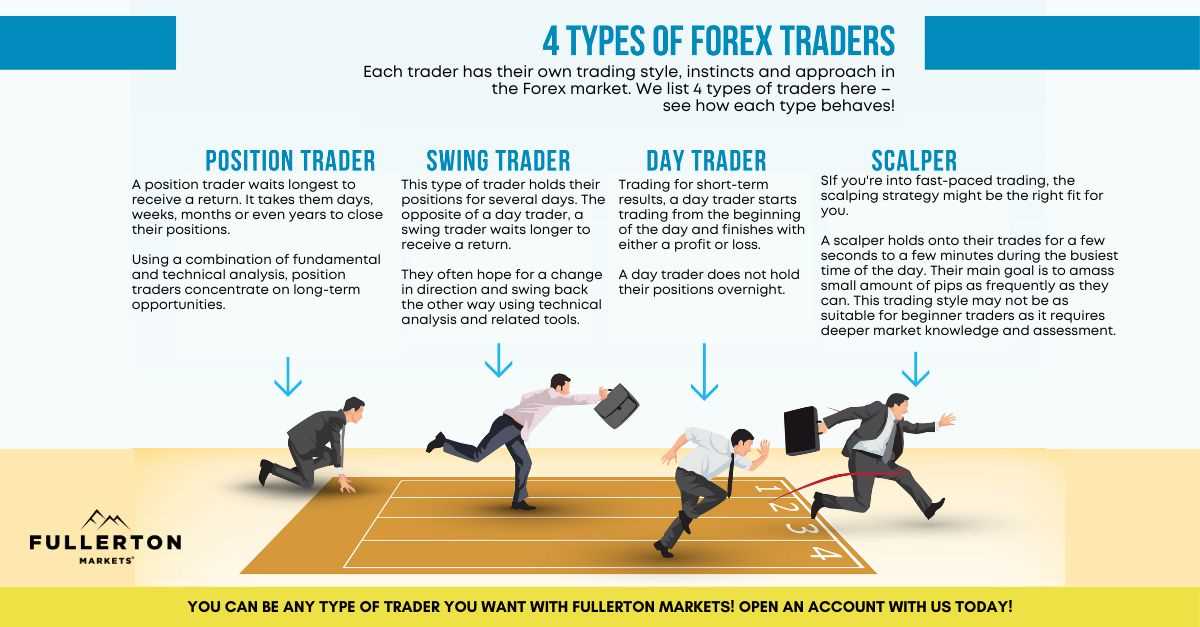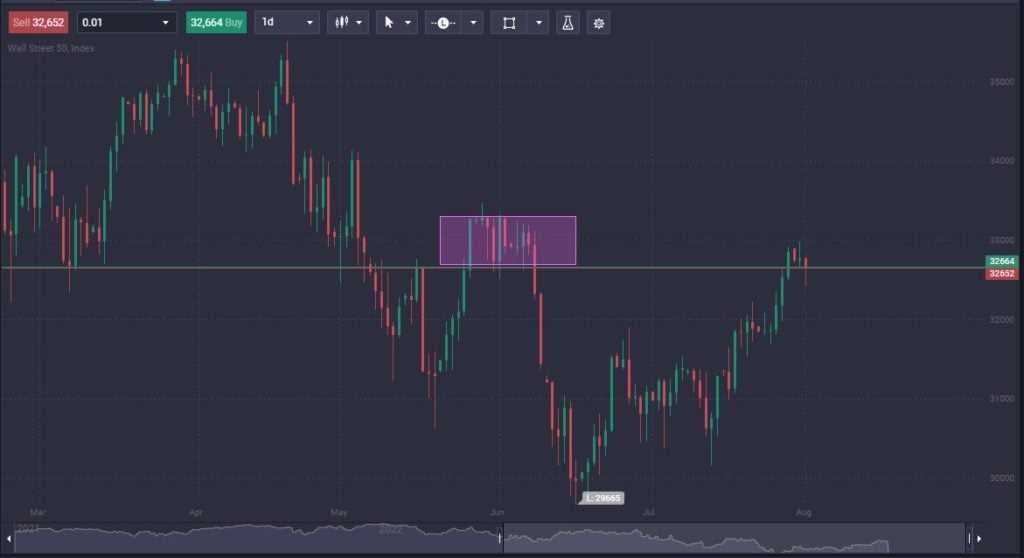Position Trader: Definition, Strategies, Pros and Cons
A position trader is a type of trader who holds positions in financial markets for an extended period of time, typically ranging from several weeks to several months or even years. Unlike day traders or swing traders who aim to profit from short-term price fluctuations, position traders focus on capturing larger market trends and are willing to endure temporary price fluctuations in order to achieve their long-term investment goals.
Strategies

Position traders employ a variety of strategies to identify and capitalize on long-term market trends. Some common strategies include:
Trend Following: Position traders use technical analysis tools such as moving averages, trendlines, and chart patterns to identify and follow major market trends. They aim to enter positions when a trend is established and exit when the trend reverses.
Fundamental Analysis: Position traders analyze the fundamental factors that drive the value of an asset, such as earnings, revenue, and industry trends. They look for undervalued assets with strong growth potential and hold them for the long term.
Buy and Hold: This strategy involves buying a diversified portfolio of assets and holding them for an extended period of time, regardless of short-term market fluctuations. Position traders believe that over the long term, the value of their investments will increase.
Pros and Cons
Position trading has several advantages:
Long-Term Profits: Position traders aim to capture major market trends, which can result in significant profits over time.
Less Stressful: Position trading requires less frequent monitoring and decision-making compared to day trading or swing trading, making it less stressful for traders.
However, there are also some drawbacks to position trading:
Longer Holding Periods: Position traders need to be patient and willing to hold positions for extended periods of time, which can tie up their capital and limit their ability to take advantage of short-term opportunities.
Opportunity Cost: By holding positions for the long term, position traders may miss out on short-term trading opportunities that could potentially generate higher returns.
What is a Position Trader?
A position trader is a type of trader who holds positions in the market for an extended period of time, typically ranging from several weeks to several months. Unlike day traders who focus on short-term price movements, position traders take a longer-term view and aim to profit from larger market trends.
Position traders analyze various factors such as economic indicators, market trends, and company fundamentals to identify potential opportunities. They often use technical analysis tools and chart patterns to make informed decisions about when to enter or exit a position.
One of the key characteristics of a position trader is their ability to withstand short-term market fluctuations. They understand that the market can be volatile in the short term, but they believe that over time, the market will move in their favor based on their analysis of the underlying fundamentals.
Position trading requires patience and discipline. Traders must be willing to wait for their trades to play out and not get swayed by short-term market noise. They often set specific profit targets and stop-loss levels to manage their risk and protect their capital.
Position trading can be applied to various financial markets, including stocks, commodities, and currencies. It is suitable for traders who have a longer time horizon and are willing to commit to their positions for an extended period of time.
Position Trading Strategies
Position trading is a long-term trading strategy that involves holding positions for an extended period of time, typically weeks to months. This strategy is based on the belief that the market trends persist over time and that significant profits can be made by riding these trends.
1. Trend Following
One of the most common position trading strategies is trend following. This strategy involves identifying the direction of the market trend and entering a position in the same direction. Traders using this strategy will typically use technical analysis tools, such as moving averages or trend lines, to identify the trend and determine when to enter and exit positions.
For example, if a trader identifies an uptrend in a particular stock, they will enter a long position and hold it until the trend reverses. This strategy can be used in any market, including stocks, commodities, and currencies.
2. Breakout Trading
Another popular position trading strategy is breakout trading. This strategy involves identifying key levels of support and resistance and entering a position when the price breaks out of these levels. Traders using this strategy believe that breakouts can lead to significant price movements and profit opportunities.
For example, if a stock has been trading in a range between $50 and $60, a breakout trader will enter a long position when the price breaks above $60 or a short position when the price breaks below $50. This strategy requires careful analysis of price patterns and can be used in conjunction with other technical indicators.
3. Fundamental Analysis
Position traders can also use fundamental analysis to identify potential investment opportunities. This strategy involves analyzing the financial health and prospects of a company or the macroeconomic factors affecting a market to determine the long-term potential of an investment.
For example, a position trader may analyze a company’s financial statements, industry trends, and competitive landscape to determine if the stock is undervalued or has strong growth potential. They will then enter a position based on their analysis and hold it for an extended period of time.
4. Diversification
Position traders often use diversification as a risk management strategy. By diversifying their portfolio across different asset classes, sectors, and geographic regions, they can reduce the impact of any single investment on their overall portfolio performance.
For example, a position trader may hold a mix of stocks, bonds, commodities, and currencies to spread their risk. They may also diversify within each asset class by holding a mix of different stocks or bonds.
5. Risk Management
Risk management is a crucial aspect of position trading. Traders using this strategy should have a clear plan for managing their risk, including setting stop-loss orders to limit potential losses and using proper position sizing to ensure they do not risk too much on any single trade.
| Advantages | Disadvantages |
|---|---|
| 1. Potential for significant profits | 1. Requires patience and discipline |
| 2. Less time-intensive compared to day trading | 2. Exposed to market volatility and risks |
| 3. Can benefit from long-term market trends | 3. May miss out on short-term trading opportunities |
| 4. Allows for diversification and risk management | 4. Requires a larger capital investment |
Overall, position trading can be a profitable strategy for traders who are willing to take a long-term view and have the patience and discipline to hold positions for extended periods of time. By using a combination of technical and fundamental analysis, diversification, and risk management techniques, position traders can increase their chances of success in the market.
Advantages and Disadvantages of Position Trading

Position trading is a long-term investment strategy that involves holding positions for an extended period of time, typically weeks to months. This approach allows traders to capture larger market trends and potentially generate significant profits. However, like any trading strategy, position trading has its advantages and disadvantages.
Advantages
- Less time-intensive: Position trading requires less time and effort compared to short-term trading strategies. Traders do not need to constantly monitor the market or make frequent trades, allowing them to focus on other aspects of their life.
- Long-term profit potential: Position traders aim to profit from long-term market trends, which can lead to substantial gains. By identifying and riding major market trends, position traders can capitalize on significant price movements.
- Reduced transaction costs: Position traders typically make fewer trades compared to day traders or swing traders. This results in lower transaction costs, such as commissions and fees, which can eat into profits.
- Less affected by market noise: Position traders are less concerned with short-term market fluctuations and noise. They focus on the bigger picture and are not easily swayed by temporary market volatility.
- Opportunity to diversify: Position trading allows traders to diversify their portfolio by holding positions in different asset classes or sectors. This can help spread risk and potentially enhance overall returns.
Disadvantages
- Requires patience and discipline: Position trading requires patience and discipline to hold positions for an extended period, even during market downturns. It can be challenging to resist the temptation to exit a position prematurely.
- Exposure to overnight risks: Since position traders hold positions overnight, they are exposed to overnight risks, such as unexpected news events or market gaps. These risks can result in significant losses if not properly managed.
- Missed short-term opportunities: Position traders may miss out on short-term trading opportunities that could result in quick profits. By focusing on long-term trends, they may overlook potential short-term market movements.
- Requires larger capital: Position trading often requires a larger capital base compared to short-term trading strategies. This is because position traders aim to capture larger price movements, which may require larger position sizes.
- Emotional challenges: Holding positions for an extended period can be emotionally challenging, especially during periods of market volatility. Traders need to manage their emotions and stick to their trading plan.
Overall, position trading can be a profitable strategy for traders who have the patience, discipline, and capital to hold positions for an extended period. It offers the potential for significant gains and allows traders to focus on long-term market trends. However, it also comes with its own set of challenges and risks that traders need to be aware of and manage effectively.

Emily Bibb simplifies finance through bestselling books and articles, bridging complex concepts for everyday understanding. Engaging audiences via social media, she shares insights for financial success. Active in seminars and philanthropy, Bibb aims to create a more financially informed society, driven by her passion for empowering others.
